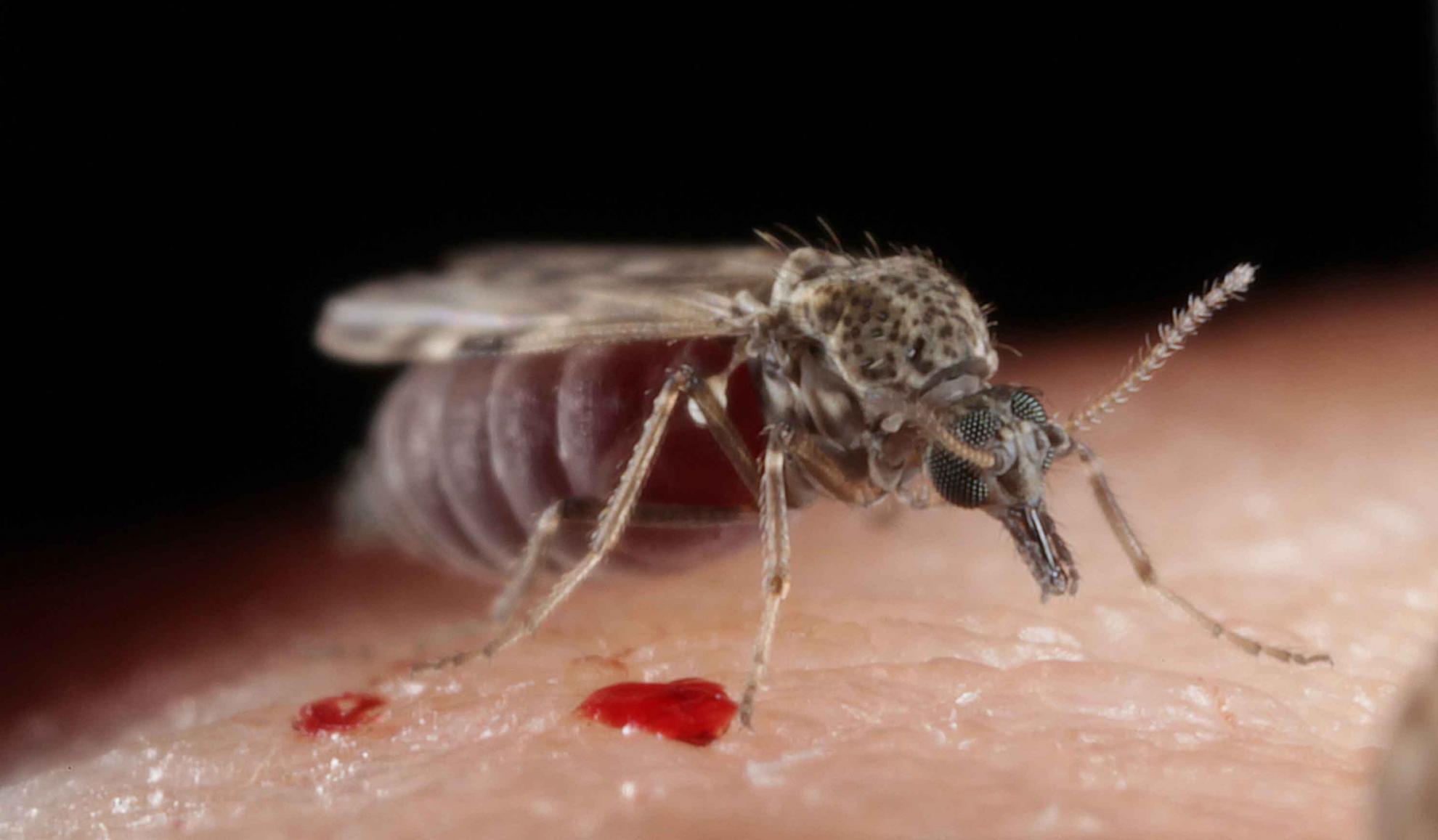DNA barcoding and surveillance sampling strategies for Culicoides biting midges (Diptera: Ceratopogonidae) in southern India
BACKGROUND: Culicoides spp. biting midges transmit bluetongue virus (BTV), the aetiological agent of bluetongue (BT), an economically important disease of ruminants. In southern India, hyperendemic outbreaks of BT exert high cost to subsistence farmers in the region, impacting on sheep production. Effective Culicoides spp. monitoring methods coupled with accurate species identification can accelerate responses for minimising BT outbreaks. Here, we assessed the utility of sampling methods and DNA barcoding for detection and identification of Culicoides spp. in southern India, in order to provide an informed basis for future monitoring of their populations in the region. METHODS: Culicoides spp. collected from Tamil Nadu and Karnataka were used to construct a framework for future morphological identification in surveillance, based on sequence comparison of the DNA barcode region of the mitochondrial cytochrome c oxidase I (COI) gene and achieving quality standards defined by the Barcode of Life initiative. Pairwise catches of Culicoides spp. were compared in diversity and abundance between green (570 nm) and ultraviolet (UV) (390 nm) light emitting diode (LED) suction traps at a single site in Chennai, Tamil Nadu over 20 nights of sampling in November 2013. RESULTS: DNA barcode sequences of Culicoides spp. were mostly congruent both with existing DNA barcode data from other countries and with morphological identification of major vector species. However, sequence differences symptomatic of cryptic species diversity were present in some groups which require further investigation. While the diversity of species collected by the UV LED Center for Disease Control (CDC) trap did not significantly vary from that collected by the green LED CDC trap, the UV CDC significantly outperformed the green LED CDC trap with regard to the number of Culicoides individuals collected. CONCLUSIONS: Morphological identification of the majority of potential vector species of Culicoides spp. samples within southern India appears relatively robust; however, potential cryptic species diversity was present in some groups requiring further investigation. The UV LED CDC trap is recommended for surveillance of Culicoides in southern India.
